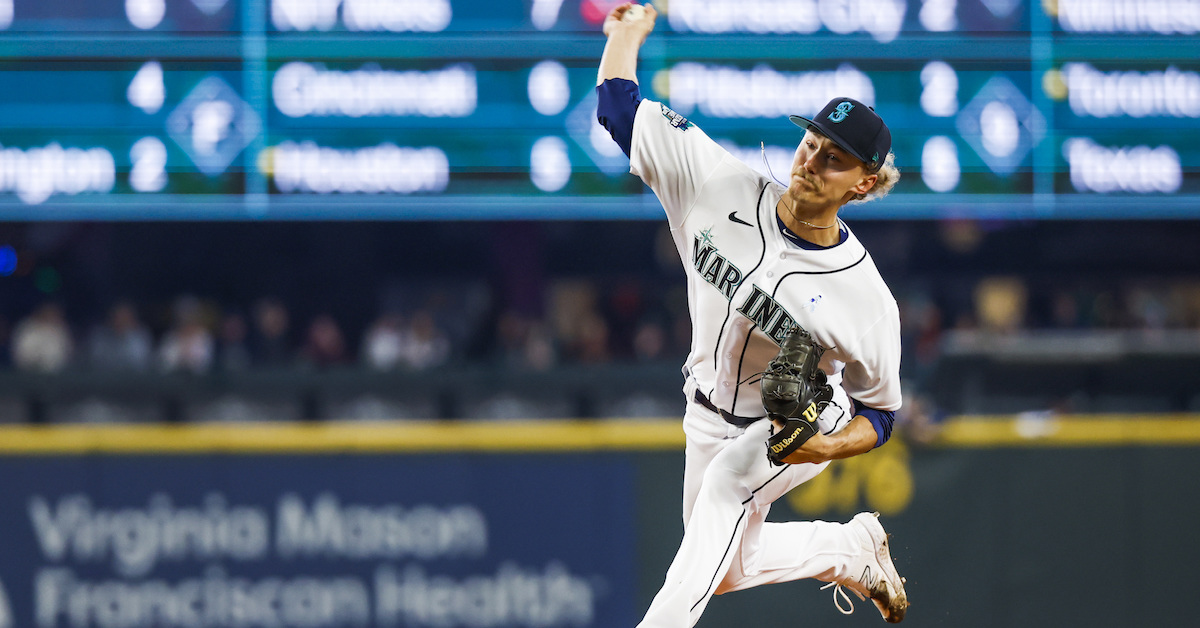FanGraphs Power Rankings: July 14–23

The first FanGraphs Power Rankings of the second half of the season are here, and there are some significant movers in the rankings. As we hurtle toward the trade deadline, teams on the bubble have rapidly closing windows to get into the playoff picture or be left behind.
A reminder for how these rankings are calculated: first, we take the three most important components of a team — their offense (wRC+), their pitching (a 50/50 blend of FIP- and RA9-, weighted by starter and reliever IP share), and their defense (RAA) — and combine them to create an overall team quality metric. I also add in a factor for “luck,” adjusting a team’s win percentage based on expected win-loss record. The result is a power ranking, which is then presented in tiers below.
| Team | Record | “Luck” | wRC+ | SP- | RP- | RAA | Team Quality | Playoff Odds |
|---|---|---|---|---|---|---|---|---|
| Braves | 64-34 | 1 | 120 | 92 | 83 | -8 | 159 | 100.0% |
| Rangers | 59-41 | -4 | 121 | 93 | 103 | 14 | 165 | 82.9% |
| Rays | 61-42 | -5 | 119 | 87 | 100 | 9 | 163 | 94.2% |
The Braves haven’t exactly had the smoothest start to the second half, losing consecutive series to the White Sox and Diamondbacks before taking two of three from the Brewers over the weekend, but they’re still miles ahead of any other team in the National League. As long as Ronald Acuña Jr. continues playing like the MVP favorite and Spencer Strider continues pitching like the Cy Young favorite, they’ll have an easy time walking into the playoffs for the sixth consecutive year.
The Rangers raced out with six straight wins after the All-Star break, including a sweep of the Rays earlier this week. The good times came to a halt over the weekend, as they were outscored 31–16 by the Dodgers. To make matters worse, Corey Seager exited Friday’s game with a sprained thumb, putting him on the IL for the second time this season. His timeline to return is still unclear, but Texas was able to weather his absence back in April.
The Rays limped into the All-Star break, and things haven’t gotten better since. They won their first series against the Royals but were swept by the Rangers and then lost a huge four-game series against the Orioles over the weekend, dropping them into second place in the AL East for the first time this season. The biggest problem has been an offense that’s suddenly a little inconsistent; they’ve scored just 4.1 runs per game over their last 20 contests and have scored more than five runs just once over their last 10. Read the rest of this entry »









